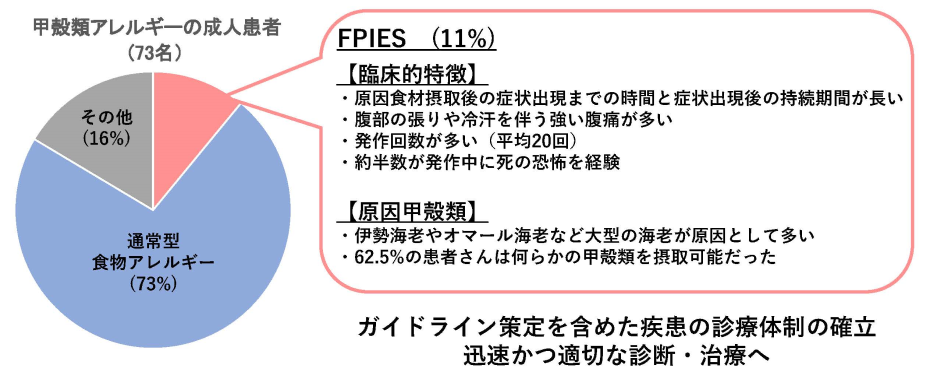2023-06-20 バース大学
◆研究では、胚が細胞分裂し始める時点で、一部の細胞が特異的な機能に特化することが明らかになりました。また、約四分の一の細胞が既知の細胞タイプには当てはまらず、ジャンプングジーンと呼ばれるDNAのローグ要素を含んでいることも判明しました。これらの細胞は品質管理の一環として選択的に除去され、発育中の赤ちゃんの一部にならないようになっていると考えられています。
◆研究チームは、このプロセスが過敏になると胚全体が死亡する可能性があると指摘しています。また、胚の内部細胞塊にはジャンプングジーンは存在せず、代わりにウイルスのような遺伝子が発現していることも明らかになりました。これは、私たちが古い遺伝子の敵を使って新しい遺伝子の敵と戦っている可能性を示しています。
<関連情報>
- https://www.bath.ac.uk/announcements/scientists-discover-new-embryonic-cell-type-that-self-destructs-to-protect-the-developing-embryo/
- https://journals.plos.org/plosbiology/article?id=10.1371/journal.pbio.3002162
若いトランスポーザブルエレメントの活性に関連した新しいヒト胚細胞タイプにより、内部細胞塊の定義が可能になった。 A new human embryonic cell type associated with activity of young transposable elements allows definition of the inner cell mass
Manvendra Singh,Aleksandra M. Kondrashkina,Thomas J. Widmann,Jose L. Cortes,Vikas Bansal,Jichang Wang,Christine Römer,Marta Garcia-Canadas,Jose L. Garcia-Perez,Laurence D. Hurst, Zsuzsanna Izsvák
PLOS Biology Published: June 20, 2023
DOi:https://doi.org/10.1371/journal.pbio.3002162
Abstract
There remains much that we do not understand about the earliest stages of human development. On a gross level, there is evidence for apoptosis, but the nature of the affected cell types is unknown. Perhaps most importantly, the inner cell mass (ICM), from which the foetus is derived and hence of interest in reproductive health and regenerative medicine, has proven hard to define. Here, we provide a multi-method analysis of the early human embryo to resolve these issues. Single-cell analysis (on multiple independent datasets), supported by embryo visualisation, uncovers a common previously uncharacterised class of cells lacking commitment markers that segregates after embryonic gene activation (EGA) and shortly after undergo apoptosis. The discovery of this cell type allows us to clearly define their viable ontogenetic sisters, these being the cells of the ICM. While ICM is characterised by the activity of an Old non-transposing endogenous retrovirus (HERVH) that acts to suppress Young transposable elements, the new cell type, by contrast, expresses transpositionally competent Young elements and DNA-damage response genes. As the Young elements are RetroElements and the cells are excluded from the developmental process, we dub these REject cells. With these and ICM being characterised by differential mobile element activities, the human embryo may be a “selection arena” in which one group of cells selectively die, while other less damaged cells persist.


